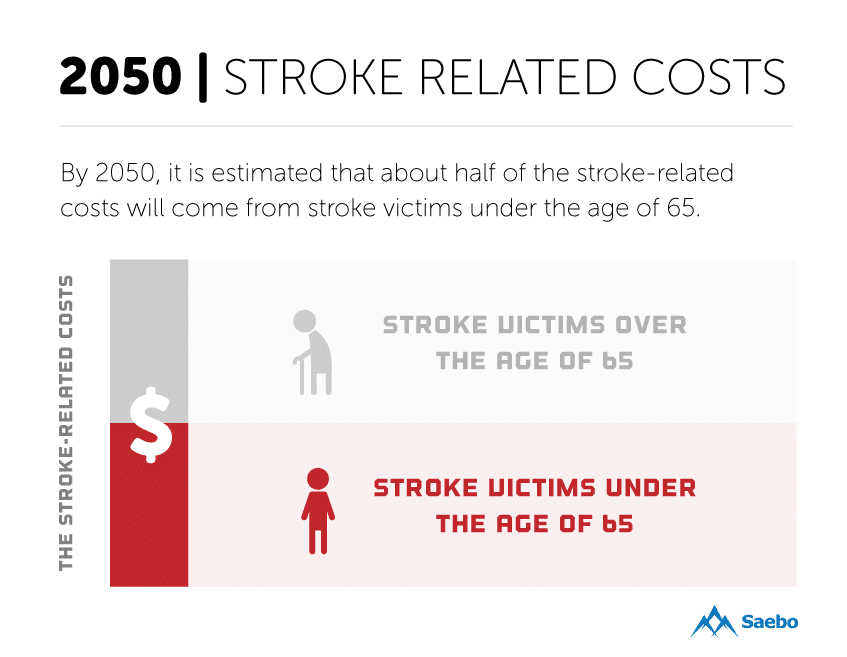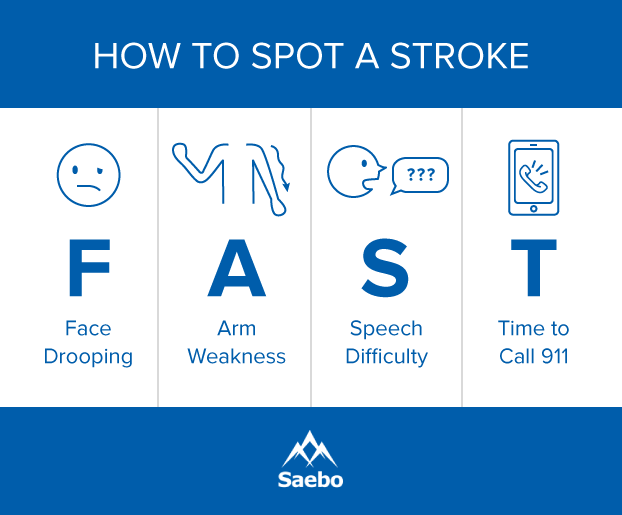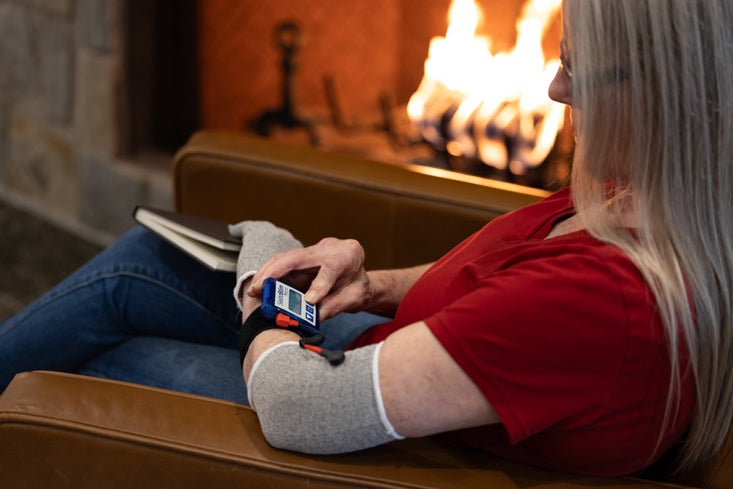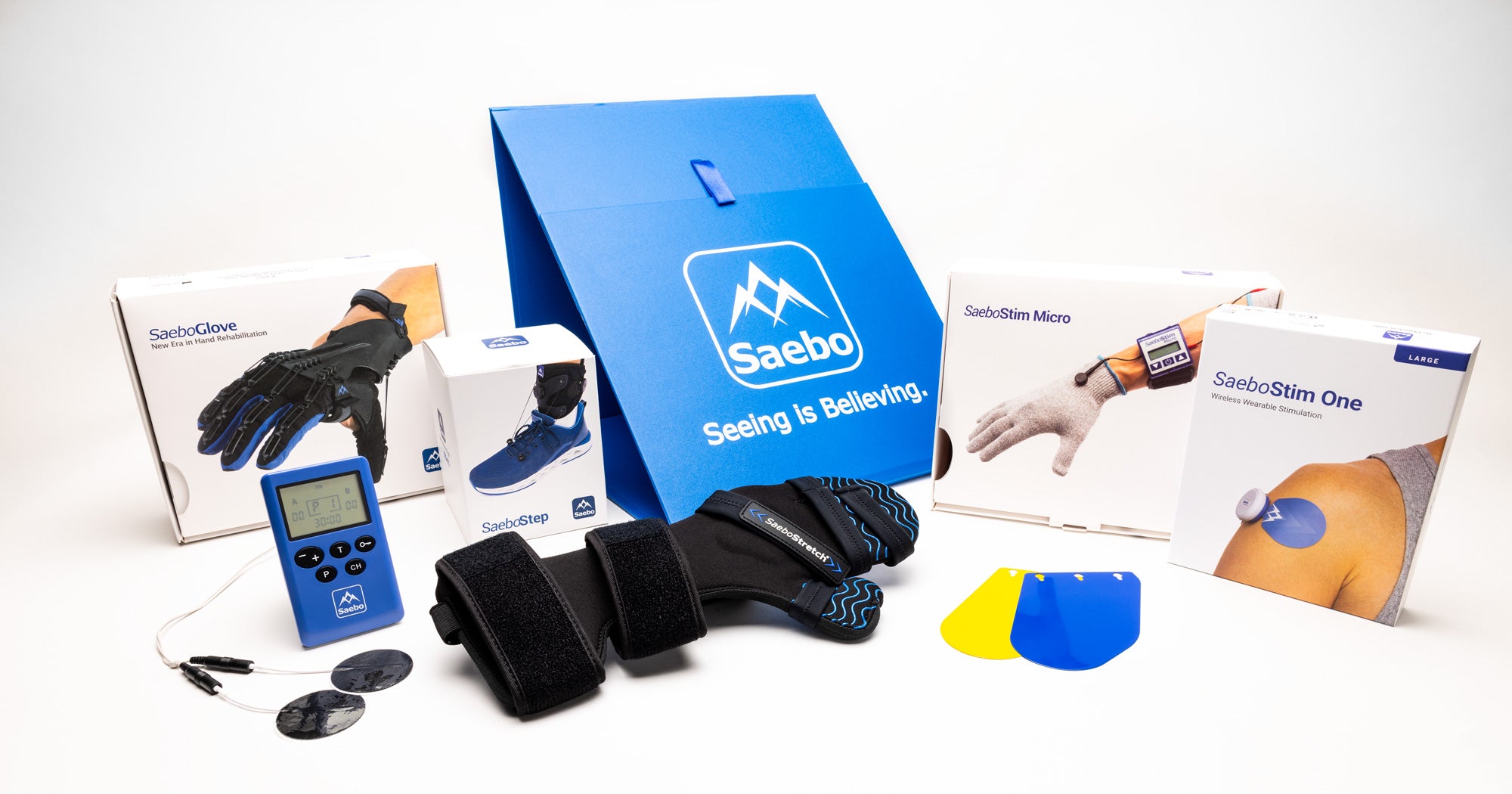
The Rising Cost of Stroke in America

Strokes are the leading cause of disability in the United States and the fifth leading cause of death. Nearly 800,000 people will have a first-time or recurrent stroke every year. Clearly, strokes are a huge health problem in the U.S., but they are a big financial problem as well.
In 2010, strokes cost the U.S. $71.55 billion to treat. By 2030, the costs of stroke are expected to double to $183.13 billion. By 2050, the financial impact of strokes in the U.S. could soar to more than $2.2 trillion.

With the number of strokes in the U.S. so high, these costs might seem unavoidable. But up to 80 percent of strokes are actually preventable. Though many strokes are preventable, changing demographics in the U.S. are one of the factors causing the cost to increase. Read on to learn more about the cost of stroke and what can be done to reduce it.
Why So Expensive?
One of the biggest reasons for the high cost of stroke is the fact that it can cause long-term disability. Only 10 percent of stroke survivors make a full recovery. Twenty-five percent recover with minor impairments, nearly half continue to live with serious impairments requiring special care, and 10 percent live in nursing homes, skilled nursing facilities, and other long-term healthcare facilities.
The high percentage of survivors who require special care or live in long-term healthcare facilities after their stroke, cost money both because of the extra health care they need and because of the wages lost when they cannot return to work. Nearly half of stroke survivors under the age of 65 do not return to work.
The rate of stroke among people ages 45–64 is another reason for the high cost of stroke. Stroke rates are particularly high in this age bracket as these individuals are more likely to have diabetes and obesity than older stroke survivors. They also are too young to receive medicare and less able to afford medication. By 2050, it is estimated that about half of the stroke-related costs will come from stroke victims under the age of 65.

Much of the increased cost of stroke will also come from African-American and Hispanic stroke patients. The rate of first-time strokes for African-Americans is almost double that of Non-Hispanic Whites. This difference is attributed to risk factors like high blood pressure (1 in 3 African-Americans suffer from high blood pressure), obesity, diabetes, and lack of healthcare.
The Hispanic population in the U.S. has a similar stroke risk factor to Non-Hispanic Whites, but this group has strokes at a younger age. The average age of stroke is 67 for Hispanics, compared to 80 for Non-Hispanic whites. This is attributed to the increased risk factors such as obesity (75 percent of Hispanic-American men and 72 percent of women are overweight or obese), diabetes (estimated 30 percent of adult Hispanics), and limited access to healthcare.
By the year 2050, minority groups are expected to take up a larger percentage of the population in the United States. With the increased risk factors for stroke in these populations, the number of strokes in the U.S. is expected to increase. When the number of strokes increases, so does the cost.
Reducing the Cost
In order to reduce the cost of stroke, we also need to reduce the number of stroke survivors who require special care or live in long-term healthcare facilities and cannot return to work. Getting treatment to patients as soon as possible after their stroke is one big way to help them recover more successfully.
When it comes to stroke treatment, time is brain. Every minute without treatment means more brain cells dying. EMS systems need to be on the lookout for stroke symptoms and try and figure out when the stroke occurred. The more patient history an EMS responder can give the hospital, the more likely the patient is to receive timely and appropriate treatment.
Educating the public about stroke symptoms is another important way to help stroke patients receive care faster. Recognizing the symptoms of stroke as soon as they happen, allow someone to call 911 and hopefully get the stroke patient treatment before it is too late.

Reducing the cost of stroke may also be accomplished by expanding access to healthcare. The 45–64 age group has a higher rate of stroke partly due to them not having access to medicare and being less able to afford medications and visits with a primary care doctor. Expanding insurance coverage allows more people to control their stroke risk factors through medical care and access to medication.
The Cost of Stroke
Strokes can be expensive for individuals and for the entire country. Many survivors live with long-term impairments that require special, costly care, and populations at risk for suffering stroke are projected to increase with each passing year.
By giving more people access to preventative care, educating people about the signs of stroke, and ensuring that stroke patients receive treatment as soon as possible, we may be able to reduce the cost of stroke before it soars out of control.
All content provided on this blog is for informational purposes only and is not intended to be a substitute for professional medical advice, diagnosis, or treatment. Always seek the advice of your physician or other qualified health provider with any questions you may have regarding a medical condition. If you think you may have a medical emergency, call your doctor or 911 immediately. Reliance on any information provided by the Saebo website is solely at your own risk.
All content provided on this blog is for informational purposes only and is not intended to be a substitute for professional medical advice, diagnosis, or treatment. Always seek the advice of your physician or other qualified health providers with any questions you may have regarding a medical condition. If you think you may have a medical emergency, call your doctor or 911 immediately. Reliance on any information provided by the Saebo website is solely at your own risk.



